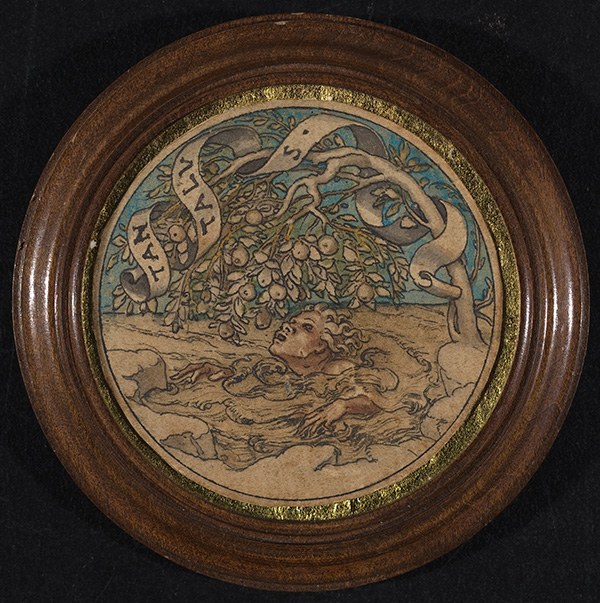Panofsky Lecture 2025 // Marisa Bass, New Haven: Holbein’s Margins: Printing Alliances in Renaissance Basel
Termindetails
Wann
von 18:15 bis 19:30
Wo
Hans Holbein the Younger’s designs for print have long been taken as testament of his humanist credentials. We know that Holbein benefited from contact with Desiderius Erasmus via the Basel publisher Johannes Froben, and that Erasmus helped launch Holbein’s eventual career in England. However, we do not know how much of Holbein’s work for Froben resulted from close dialogue among the artist, publisher, and the Netherlandish scholar. Most of the title-page borders that Holbein created are not signed, and their quality varied widely depending on the skill of the blockcutters that Froben employed.
Rather than focusing on Holbein as a learned artist, this lecture begins with the premise that he was an opportunistic one. Holbein and Froben each struggled to make their fortunes in a time of political, economic, and spiritual instability in northern Europe. Demonstrating allegiance with Erasmus through print was a strategy that served them both. I argue that the title-page border had a social function in Renaissance Basel: in other words, the printed margin was closely linked to the profit margin—and not only in terms of a book’s marketability. Illustrated front matter allowed individuals like Froben and Holbein, neither of whom were Latinists, to ally themselves with both the seriousness and the serious play inherent to Erasmus’s intellectual project.

[Caption: Hans Holbein the Younger, Tantalus, 1535/40. Pen and black ink with watercolors, heightened in gold, on laid paper, 5.1 cm (diameter). National Gallery of Art, Washington D.C.]
___________
TEILNAHME:
Die Teilnahme ist kostenlos.
Der Vortrag wird parallel via Zoom übertragen. Dem Zoom-Meeting können Sie unter folgendem Link beitreten: https://us02web.zoom.us/meeting/register/yiNoEw43Tm6jpMgat37McA. Das Mitschneiden der Veranstaltung oder von Teilen der Veranstaltung sowie Screenshots sind nicht gestattet. Mit der Teilnahme akzeptieren Sie diese Nutzungsbedingung.
